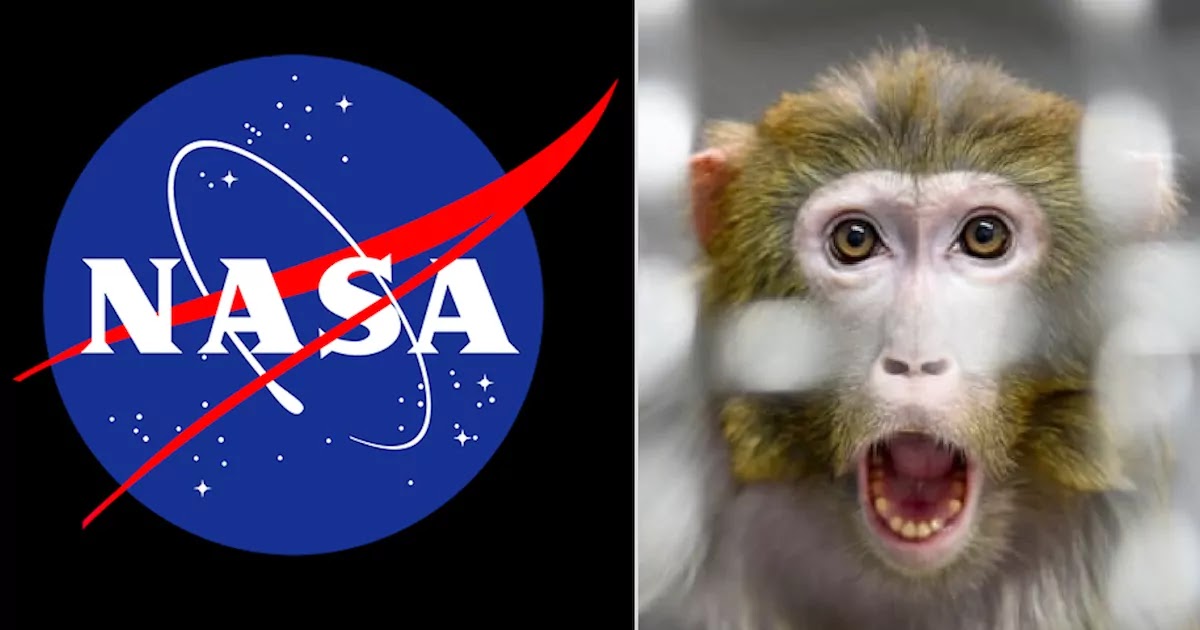
There has been anger and questions asked by US politicians after it was revealed by NASA that they had euthanised 27 monkeys instead of handing them over to a sanctuary where they could be looked after.
The 27 primates were given drugs that ended their lives in February last year, but the public and media did not become aware of this until a recent freedom of information request was granted.
Kathleen Rice, a US House representative, has written to NASA demanding an explanation, she told The Guardian:
"I look forward to an explanation from administrator Bridenstine on why these animals were forced to waste away in captivity and be euthanized rather than live out their lives in a sanctuary."
The freedom of information request stated that none of the monkeys had actually been used in experiments by NASA but that they had instead ended up in their care as part of a deal with a drug research company, LifeSource BioMedical.
A spokesperson for LifeSource BioMedical said that the monkeys were given to NASA years ago' because no other home could be found for them due to their age. It is thought that several of the group were suffering from neurological impairment. A spokesperson for the organisation said:
"We agreed to accept the animals, acting as a sanctuary and providing all care at our own cost, until their advanced age and declining health resulted in a decision to humanely euthanize to avoid a poor quality of life."
While none of these monkeys were used in experiments, NASA has a long history of using primates as part of their endeavours to discover more about space and space-travel. Ham, was a chimpanzee who was famously shot into space in 1961 after receiving training from the space program. The chimp survived this ordeal.
Mike Ryan, spokesman for 'Rise for Animals', an animal rights group, said of the findings:
"What tragic afterthoughts these lives were. Nasa has many strengths, but when it comes to animal welfare practices, they're obsolete."
In the United States in 2017, as many as 74,000 primates were used in scientific experiments across a range of fields, such as drug development and other medical experimentation.
While many of the monkeys killed by NASA may very well have been near the end of their lives, and suffering impairment, many will question why an organisation with such huge financial resources could not find some sort of suitable accommodation for the monkeys to live out the rest of their natural lives.
h/t: The Guardian














COMMENTS